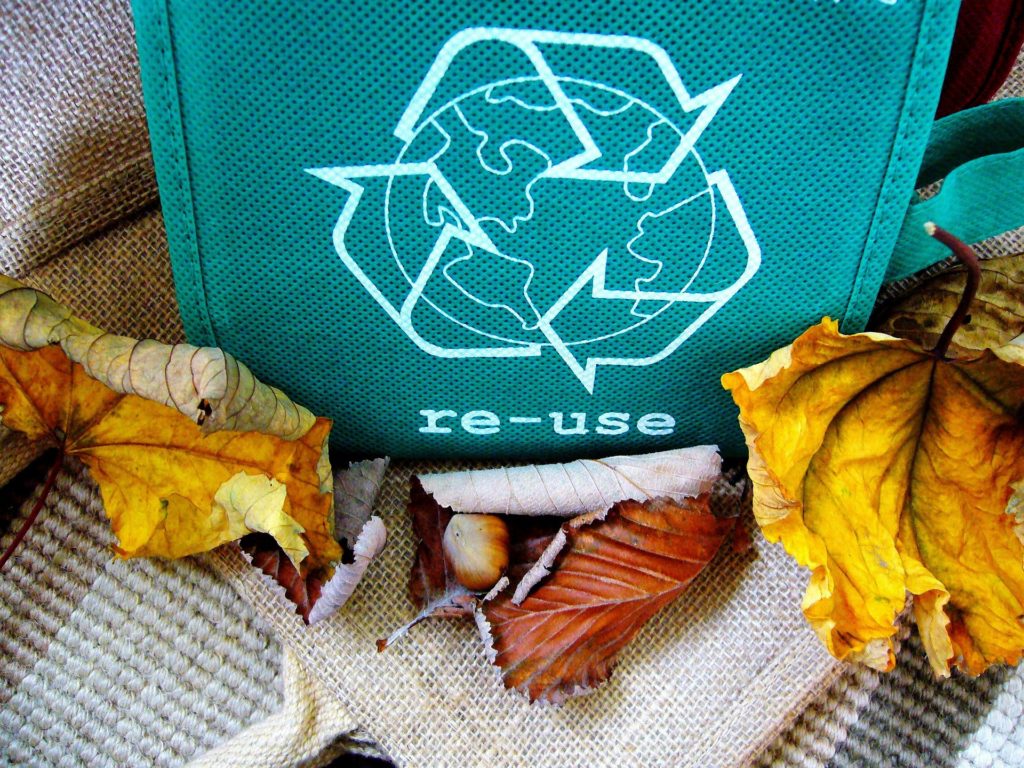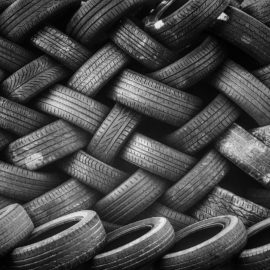
We have recycling here in New Orleans but we lag the rest of the country. There are reasons but are they good ones?
New Orleans recycles just 3.1% of the waste that residents place on the curb for pickup, according to data provided by Mayor LaToya Cantrell’s office. That means 97% ends up in the River Birch Landfill in Waggaman. The city’s recycling rate, also called a diversion rate, is one tenth of the national rate. The U.S. Environmental Protection Agency says 32.1% of all municipal solid waste in the country was either recycled or composted in 2018. Some cities and states far exceed that number; San Francisco, for example, has boasted a diversion rate of 80 percent for almost a decade. New Orleans’ diversion rate lags even the national average in 1960, when the country had a 6% diversion rate.
nola.com
3.1 percent. Is it worth doing the recycling for that paltry number?
The 3.1 percent figure doesn’t account for all New Orleans’ waste, only the waste picked up by the city’s residential curbside trash and recycling program, about 909,000 tons from 2017 through 2021. Commercial properties, which hire private collection companies, aren’t included in the calculation. New Orleans’ diversion rate was especially low in 2021: 1.7%. That’s not surprising, because City Hall suspended the recycling program altogether for the final four months of the year, after Hurricane Ida struck Aug. 29. In September, the Cantrell administration cut recycling to focus on widespread garbage, trash and debris build-up. Recycling resumed for about half of the city in January. The other half, downriver neighborhoods served by Metro Service Group, won’t have curbside recycling until City Hall finalizes a new waste contract, which officials hope to do before July 1.
This is correct and I missed putting mine out but I did think a higher percentage stayed out of the dump.
But the low diversion rate in every year going back to 2017 signals more systemic issues. Sanitation Director Matt Torri told a City Council committee Thursday that the explanation for that “very low” diversion rate is multifaceted, ranging from local buy-in to the changing global economics of recycling. To start, only 50% of eligible addresses participate in the municipal recycling program, Torri said. Even for the residents who do have recycling bins, there are limits on what may go in them, especially when compared to cities with the highest diversion rates. New Orleans curbside recycling accepts only two of the seven types of recyclable plastic, for example. Like many cities, it doesn’t accept glass, nor does it operate a municipal composting program for yard clippings and food waste. Torri said 25% to 30% of the items that make it to the recycling center end up in the landfill because they’re “contaminated” with materials that the recycling center doesn’t accept.
Two of seven. That is a heavy restriction on acceptance. Not taking glass is another. So we start behind the curve.
The restrictions simply reflect what recycling centers, known as material recovery facilities, are willing to accept, Torri said: “Right now, all of the city’s recyclable material goes to one processing facility in Jefferson, Louisiana. They don’t accept glass, and there’s no plan for them to accept glass in the future.” Torri stressed the importance of “single stream” recycling, meaning a single bin for all materials, all dumped into the same trucks and all taken to the same recycling center. City Hall could set up separate recycling just for glass, Torri said, but it would require thousands of new plastic bins and a whole new fleet of trucks. “Running another fleet of trucks throughout the city for a whole separate collection in a lot of ways defeats the benefit of recycling glass,” he said. For now, residents may take glass recyclables to the municipal drop-off center on Elysian Fields Avenue on Saturdays between 8 a.m. and 1 p.m. “I think we are committed to look to expand the drop-off model,” Torri said.
That makes sense but on the other hand, where would the glass go since the main recycling center does not take it.
In the long term, Torri said, new centers popping up across the country accept glass and other currently restricted items, as part of single stream recycling. He said City Hall city is working to attract a company to open “a state-of-the-art recycling processing facility to expand both what we accept when it comes to recycling and the volume of what we accept.” “Certainly that’s not something that could happen overnight. That’s going to take significant investment by a corporation to come here and do that,” Torri said. “But we’re actively pursuing that.” The need for more recycling centers is not unique to New Orleans. U.S. recycling has been in somewhat of a crisis, largely caused by a boom in new plastic manufacturing and policy changes in China. “Recycling has changed a lot over the past 10 years,” Torri said.
Putting it on ships and sending to another country never made sense to me as the transportation costs reduced the value and added emissions.
For decades, a huge portion of U.S. recycling was shipped to China. But in 2018, the country started limiting the amount of foreign recycling it would accept. That forced the U.S. to rely more on domestic processing centers, which didn’t have the capacity to absorb all the material that previously would have gone to China. “With China limiting its markets, everything stays domestic, and there’s limited locations for where it can go,” Torri said. At the same time, a boom in U.S. oil and gas production – a necessary ingredient in plastics manufacturing – has made new plastic cheaper than ever, and made it harder for recycled plastics to compete. “It used to be a business where our contractors would pick up recycling and actually get paid for the material when they brought it to the processing center,” Torri said “Now, it costs them five times the amount per load to take it to the processing facility than to take it to the landfill.”
When we were in Virginia, a big burning plant was built in Fredericksburg that operated at high temperatures and took care of everything reducing the land fill.
Cities across the country have shut down or suspended their recycling programs in response to these changes. That almost happened in New Orleans in 2019, according to The Times-Picayune; instead, City Hall put more restrictions on what items residents put in their recycling bins. It appears that for New Orleans, the biggest limiting factor is the existence of a recycling center that can process a large variety and quantity of items. But it’s unclear if such a center will materialize. In the meantime, Torri stressed getting more buy-in from residents for the existing curbside recycling program, expanding access to drop-off recycling centers and getting more residents to pay for private glass recycling and composting services. “It’s an evolving and changing environment when it comes to recycling. But I think there’s a commitment on the part of the city to do those programs, to bring those back and see them grow.”
Recycling is needed and New Orleans has a way to go to make it work.



